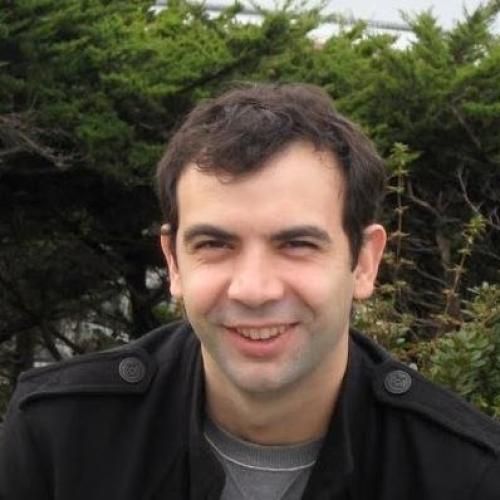Role of repulsive factors in vascularization dynamics.
Capillary networks are essential in vertebrates to supply tissues with nutrients. Experiments of in vitro capillary formation show that endothelial cells randomly spread on a gel matrix autonomously organize to form vascular networks with a characteristic length independent of the initial cell density. A mathematical model based on free cell migration and on cell cross-talk mediated by soluble chemical factors has been recently proposed and explains the main dynamical and geometrical properties of the networks. We extend this model introducing the action of repulsive factors and we show that their activity results in a larger degree of reorganization of cellular matter and in more robust control over the size of the growing vascular network.
Duke Scholars
Published In
DOI
ISSN
Publication Date
Volume
Issue
Start / End Page
Location
Related Subject Headings
- Neovascularization, Physiologic
- Models, Cardiovascular
- Kinetics
- Humans
- Fluids & Plasmas
- Endothelial Cells
- Computer Simulation
- Cells, Cultured
- Cell Proliferation
- Cell Movement
Citation
Published In
DOI
ISSN
Publication Date
Volume
Issue
Start / End Page
Location
Related Subject Headings
- Neovascularization, Physiologic
- Models, Cardiovascular
- Kinetics
- Humans
- Fluids & Plasmas
- Endothelial Cells
- Computer Simulation
- Cells, Cultured
- Cell Proliferation
- Cell Movement

